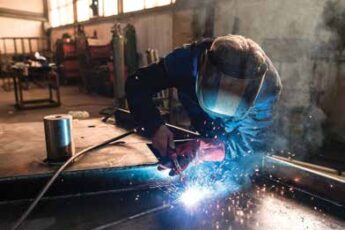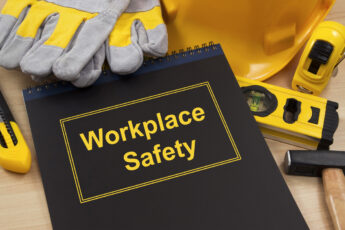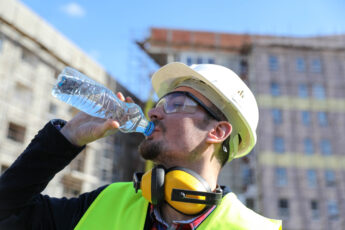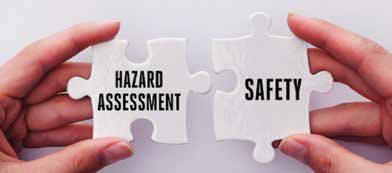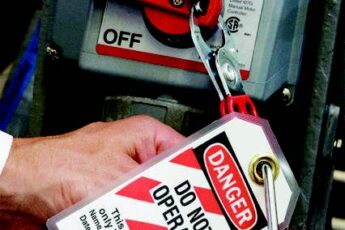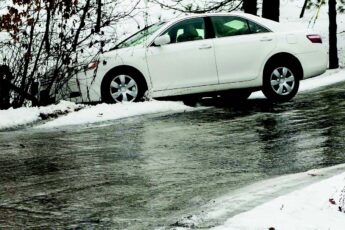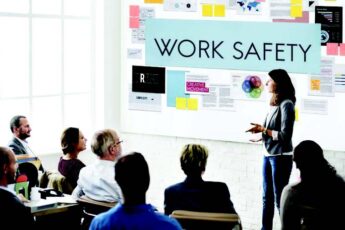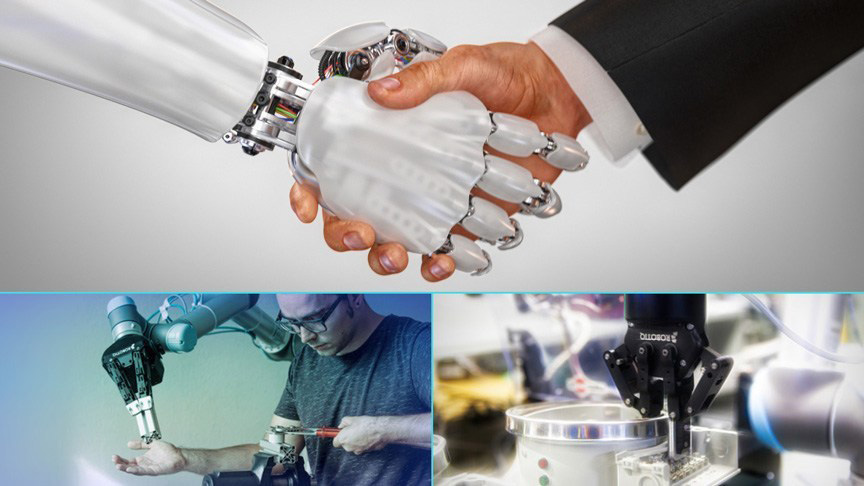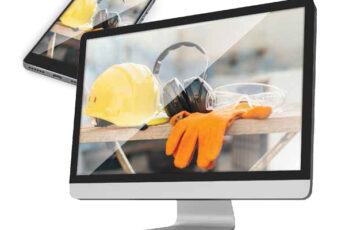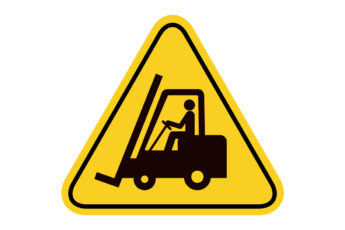By Ruth Kiefer, MSc, ARM
Vice President of Loss Control
To help you stay up to date on the most cited serious violations from MIOSHA, I attended CET’s annual release of the top 20 that they provide at their annual Michigan Safety Conference. You should be aware that both the number of citations and fines have increased 18 percent since 2023. In 2024, MIOSHA collected approximately $2.62 million in serious violations alone.
On the General Industry Safety violation side, approximately 546 citations were issued in 2024. They collected $1.9 Million in fines, which averages out to $3,400 for the average safety citation. Now for the Health side of things, as there are always two parts. The health side issued 547 citations and collected $659,700 in fines. The average citation per location was $1,200. If you are unsure if you have a Health or Safety violation, please contact your Loss Control Consultant for more guidance of these most cited violations listed below. We are happy to help you stay in compliance.
(more…)


